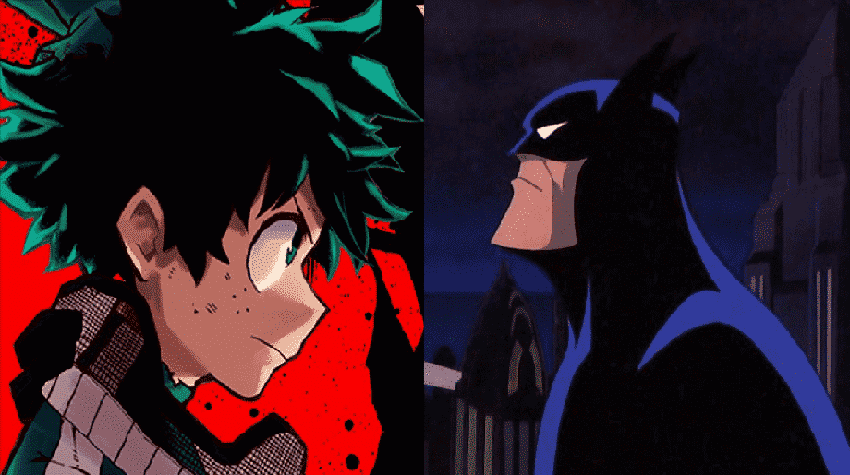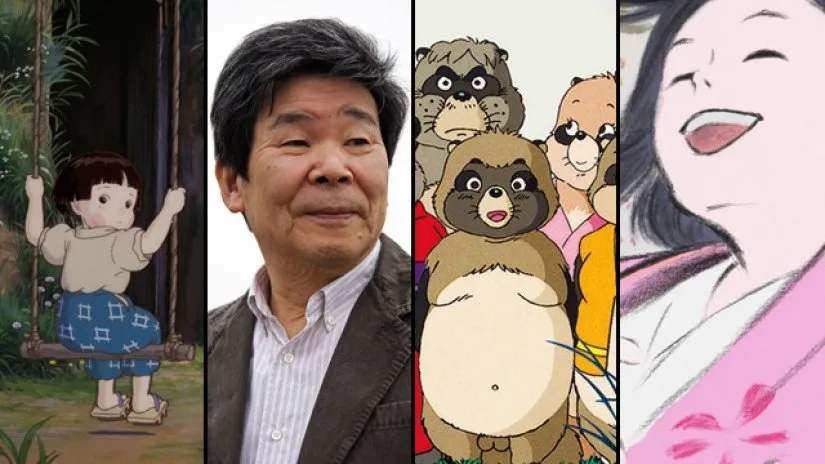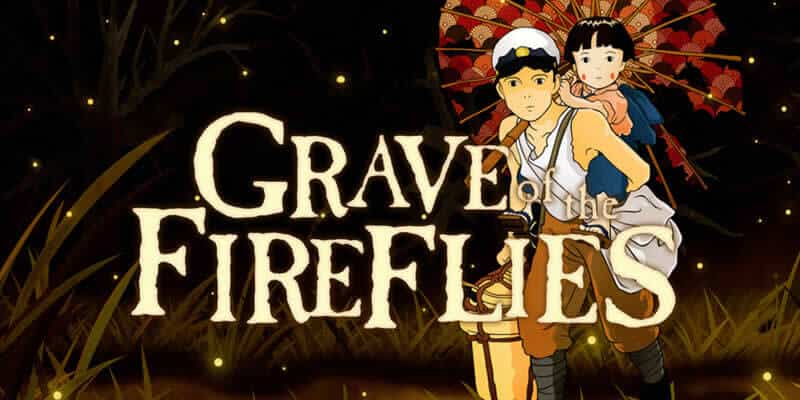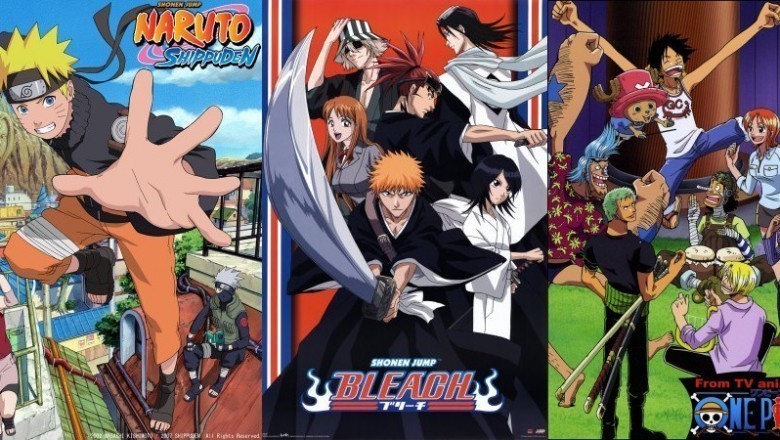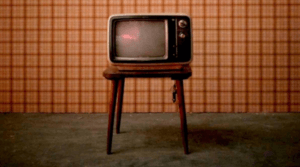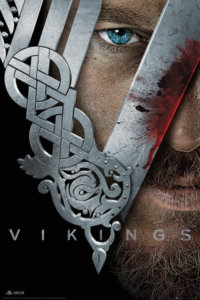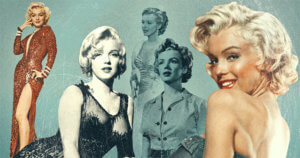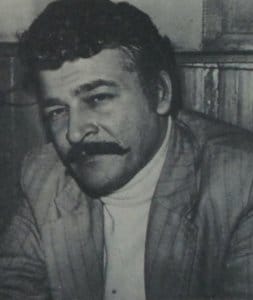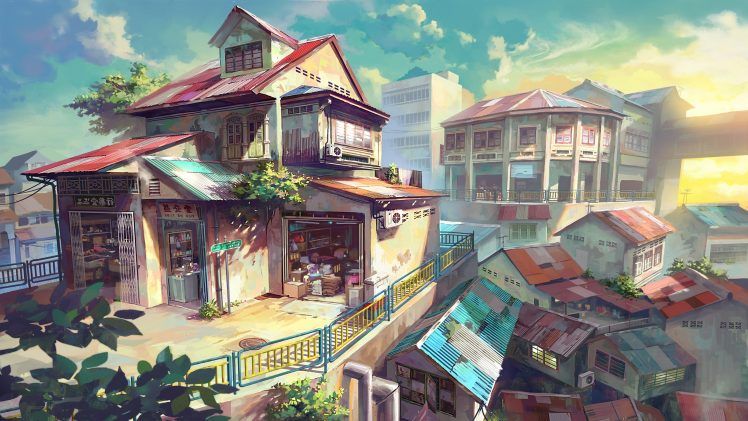
What is anime? Not the last period; If you started to ask this question, which is one of the popular questions of every era, yes you are a candidate to be an anime follower. Just as most of the cartoons we watched in our childhood are anime (See. Pokemon, Yu-Gi-Oh, Moon Warrior), some of today’s cinematic universe and works consist of these interesting animes. So what exactly is the answer to this question we asked? Let’s see together, shall we?
What is Anime?
In the most basic sense, animes are productions adapted from Japanese comics called manga and drawn with certain techniques. When we look at the origin of the word anime, we see that the word is used as “dessin anime” in French. The same word is used as “animation” in English.
Along with well-known masterpieces such as Naruto and One Piece, animes that have made themselves known to the world with legendary names such as Hayao Miyazaki have movies, TV series and even documentaries shot about them. Although animes are adapted from Japanese comics, often called manga, they can be storytelled and made ready for publication in a completely independent way. So what is a manga?
What is manga?
Manga are illustrated books created by Japanese that have a similar pattern to US comics. In general, most of the popular anime have a pre-released manga. What is mangaka to the people who wrote these books? Manga can be understood by reading from right to left instead of the left-to-right reading that we are familiar with. This means that you should read the text bubble above each picture box outside of the standard patterns, starting from the right.
Just like the reflection of comics in Japan, manga has created its equivalent in many different cultures. Comics in Chinese anime, which have become popular recently, are called manhua, and Korean comics are called manhwa. Colored comics of Korean origin that can only be read in digital media are called webtoons. I can say that it is quite easy to read.
A Brief Look at the History of Japanese Mange and Anime
In this and the next section, you’ll take a brief look at the history of anime and manga. You can jump straight to the ‘Anime Genres’ section for parts that might interest you.
Those who have little interest in Japanese history or those who already follow anime will know that Japan has always been a protective nation with its history and culture. So much so that the country itself lived a very closed life until the end of the period called the Edo Period, and as an island country, it did not behave very tolerantly towards those coming from outside the country. The exhibition of the first manga at the World’s Fair in Paris also marks the end of this period. Especially in this period, the Japanese culture, which came into contact with the world, communicated with both the artists it influenced and the world it was influenced by, and it ensured that the roots of manga and indirectly anime were taken.
When we look at the manga published in this period, we see that a satirical language dominates and satires are mostly used. The socio-economic situation and the capitalist economy model were heavily criticized, especially in manga that featured anti-government content. Especially in this period, 20. At the beginning of the 20th century, we can say that manga was created for a political purpose rather than entertainment.
Historical Development of Manga and Anime
After this historical development of manga, 20. At the beginning of the 20th century, the first examples of Japanese animation begin to appear. But unfortunately earthquakes and II. Very few of these works have survived due to World War II.
The oldest animation that we have today is Seitaro Kitayama’s anime based on Japanese fairy tales and legends. The oldest surviving anime are Obasuteyama (The Mountain Abandoned by Old Women) and Kame to Usagi (Turtle and Rabbit) made by his apprentice. These are animes designed with audio narration accompanied by music. The first audio anime was Noburo Ofuji’s Kujira or Whale in 1927.
If we go back to the history of manga and anime after this extra information, we come across the Taisho Period. This period is the period before World War I in Japan. Angered by the use of manga and anime to criticize the government, the empire took some decisions and forced mangakas not to write ‘dangerous thoughts’. After this period, the government saw how powerful manga and anime were and decided to use it as a propaganda weapon.
Anime and Manga as Propaganda Material
With the Manchuria Incident, which we know from history, the Japanese political power decided to cooperate with the manga artists and turned the manga into an open propaganda material against Japan’s enemies. In 1940, that is, II. The ‘New Japan Manga Artists Association’, founded during World War II, painted manga that justified attacking enemy soldiers.
In fact, this is an interesting information in this period. Despite the shortage of paper due to the embargoes of the Japanese government at that time, it is mentioned that as a war strategy, it threw sexually explicit (pornographic) manga from the sky at the US and British soldiers and distracted them in this way. In this period, with the understanding of the value of manga and anime, the public funds provided to animators were increased; The manga has come under full government control.
Post-War Period
II. After World War II, when Japan lost the war, the country went into a great famine and economic depression. Especially in order to save and motivate the public from this situation, mangas and animes that changed the subject came into play. During this period, manga became simpler, more entertaining and started to deal with topics from daily life. Although the government’s censorship continued relatively during this period, the mangakas generally enjoyed a comfortable period.
The other problem of this period was the lack of paper, but as every difficulty comes with its own solution, Osamu Tezuka, who is considered the god of anime and manga, appeared in this period. The manga that Osamu Tezuka wrote for red-bound books called Akabon avoided a big problem and managed to sell more than 400 thousand copies at that time. This was a turning point for Japanese anime and manga culture. The name of Tezuka’s 1947 manga, consisting of 250 pages, is Shintakarajima, the island of New Treasure Island.
Influences on Japanese History
After the post-war period, everything moved very quickly. Everyone was paying attention to this area and the new manga approach that Tezuka drew attention to. Young manga artists of this period thus tended towards western style comics and began to benefit from different methods, from Walt Disney to German and French cinematic techniques. Close-ups, square footage and western techniques started to increase the interest of readers and viewers towards manga and anime.
This success enabled mangakas to enter the comics industry. Although western-style works emerged under the influence of Walt Disney in Japan, which was under the influence and, of course, the exploitation of the west, after a while, Japanese culture, myths and characters began to be followed more. This is how modern anime was born.
Over time, with the developing Japanese industry and the increasing level of prosperity, manga started to have a larger counterpart in the public. This culture, which became known worldwide especially after the 1964 Tokyo Olympics, led to the emergence of anime adaptations of best-selling manga, the establishment of new animation studios, and the making of anime on a global scale.
A Culture Unknown Until the 1990s: Anime and Manga
I think it would be nice to give one more interesting information here. The Japanese government did not recognize manga and anime as part of Japanese culture until the late 1990s. The Japanese were very formal and cultured people, and this culture did not reflect them. But growing popularity brought recognition with it. These two species, seen as part of the culture industry, became an economic value exported to the world by Japan. Which of us didn’t watch Pokemon in the 2000s?
With the adoption of the “Content Industry Encouragement Law” in 2004, mangakas and anime studios started to receive more support and further dissemination of this culture, which is still growing today. Now remember how accumulated Yu-Gi-Oh cards, Pokemon balls or Beyblades from chips are actually a small reflection of a great culture. The Japanese are really smart people.
The Japanese Are Jealous of Us… Why Long Legs? Why Big Eyes?
This type of feature, which we can still see in modern classics such as Code Geass, which was emphasized in most of the old animes, is considered by many as “Japanese people draw such characters because they are jealous of western people.” is a misconception. This issue, which I would like to explain very briefly, is actually a result of the Japanese choosing to highlight the eyes and feet, aiming to reflect emotions and movements in the best way possible.
However, as we have seen in the history of anime development, Japanese anime legends, influenced by major animation industries such as Disney, carried these drawing techniques, which were influenced by the legendary productions of that period, such as Pocahontas or Bambi, in which the eye and leg length were emphasized. His disciples and other mangakas who followed them also adopted this technique from the beginning. Although the eyes are still seen as a great emotion transfer tool in recent anime, the feet have lost this feature.
Is There An Anime For All Ages? What are the Anime Genres?
If you want to sail to a world full of dreams and seek the limitless; Or trying to survive in a world full of blood and psychological analysis? There are more than 20 genres with sub-titles of anime, which is really a genre that everyone from 7 to 70 can follow. In this list, where I do not want to take the main genres such as historical, romantic, comedy, etc., I just wanted to touch on the genre distinctions specific to anime.
Kodomo: One of the Japanese words I gave examples later, ‘kodomo’ means child. Kodomo anime mostly appeals to young children. Animes such as Pokemon, Digimon and Yu-gi-oh that cause us to get up early in the morning and go to the television can be counted under this genre. In fact, these animes can be considered as shounen in different sources.
Shounen: When we look at the meaning of the word in Japanese, we see that the meaning of the word is “young man”. It is a type of anime that appeals to men between the ages of 13-17. It is the most popular genre among anime genres, from manga to movies. Naruto, One Piece and Bleach animes, which we call the big three among animes, belong to this genre. These three big ones can change over time.
There Is An Anime For All Ages!
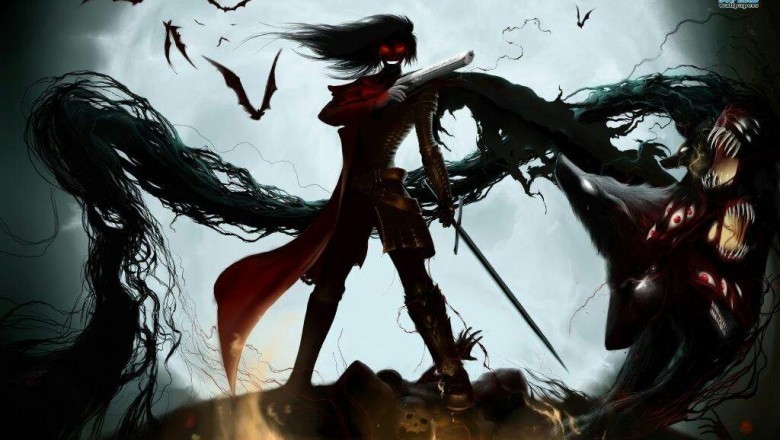
Seinen: The word means “adult”. Although there is no general age restriction in this type of anime, it generally appeals to men over the age of 17. The difference of these animes from other animes is that they are heavy (in terms of understanding), they have solid fictions, blood and violence can be clearly shown. In fact, it is the genre of seinen where the realities of real life are best transferred to anime. Drifters is a seinen anime set in a historical atmosphere that I can recommend to you here.
Shoujo: The word means “young girl”. It is generally said to appeal to girls aged 13-17. Due to the audience it is addressing, there is usually heavy romance in it. Occasional action and comedy are also featured.
Josei: Shoujo targeted to an upper age segment. Considering the age, it can be said that it appeals to women over the age of 17.
Slice of Life: This genre, which means ‘slices of life’ when we make a direct translation, is one of the anime genres that most closely resembles real life. A few of my popular animes belong to this genre. I definitely recommend you to watch the Natsume Yuujinchou anime. It is a very relaxing anime with its soft transitions, its own mystical atmosphere and storyline.
Light Novel: If we were to translate it directly, it means ‘Light Novel’. It is generally used to describe short novels that do not exceed 200 pages and contain illustrations.
Harems of Robots, Men and Women!

Mecha: Mecha , which is a type that has an impact on the war disasters that befell Japan, is a genre that heavily overtakes technology and robots. Mecha anime, which is one of the best representations of sci-fi in anime, usually includes giant war robots, advanced machines, warships and spaceships. Mobile Suit Gundam ZZ and Tengen Toppa Gurren Lagann anime are good representatives of this genre.
Harem: Harem is a state that is heavily used in anime and is the intersection point of all genres. It means having many characters around a man or woman who can sexually influence him without needing much flipping.
Ecchi: This word, which means ‘pervert’ in anime, means ‘nudity’. There is a great absurdity in this kind of anime. The bodies of the characters are drawn in such a way that their genitals are visible, and very hard sexual jokes are planned. Contrary to popular belief, physical sexuality is not intense in these anime, on the contrary, it is only maintained through jokes, accusations and innuendo. A world truly left to the imagination.
Hentai: The word literally means “pervert”. It is actually a genre that we can directly call porn, in which sexuality is heavily processed.
Shounen ai: The word ai means love. We learned that Shounen is a young man. This type of man-to-man love is committed to the anime.
Yaoi: This is the next stage in which Shounen ai is involved in his sexuality.
Shoujo ai: The female version of Shounen ai. There is a love for women in it.
Yuri: This is the next stage in which Shoujo ai is involved in her sexuality.
Same Boring Question: Is Anime a Cartoon?
One of the questions that continue to be asked today is ” Is anime a cartoon?” the question is. When we look at the types of anime we have studied together, their history and terms, we can see that anime is a culture that differs from cartoons in many ways. Although technically very prone to be compared to cartoons, animes are Japanese-based works with different drawing and formation processes.
Although the adult content cartoons (Netflix productions), which have been frequently revealed by western countries in the last period, cause the gap to close gradually, the culture it creates deserves to be positioned elsewhere. Basically, the areas where animes differ:
- drawing techniques
- Adapted from manga
- Being part of a Japanese-based culture
- Types and plot of events
I recommend you to watch the anime series Bakuman for more technical information about the creation process of animes, how mangas are turned into anime. This series tells the journey of 2 mangaka artists to create their own anime in a very simple language. However, whatever the difference is, whatever you watch, don’t forget to enjoy it. See you in another question that we will answer about animes. I hope you enjoyed reading it.
Basic Anime Terms
Open a random anime and look at the tags in the category tab. If you don’t know what OVA, Special or ONA means here, this part of our article is directly for you. It may sound a bit confusing, but let’s take a look at these basic anime terms that are very easy to remember and interpret as you follow them.
Arc: Arc episodes are the main episodes of the anime. Generally, they are the chapters in which the topics covered in a series of a manga are directly translated into anime. Animes go arc arc and these arcs determine the general flow of the story. One Piece’s Marineford Arc is among my favorite anime arcs I’ve watched.
Filler: Fill in the blanks. This pattern we know is none other than the ‘fill in the blanks’ pattern in English test books. If the elephants have caught the current issue of the manga in which an anime will be translated, they are the filling chapters in which the TV adaptation (anime) is processed completely independent of the plot and the events in the manga until the new chapters of the mangaka are drawn. In general, they do not change the flow of the anime.
OVA: If this title is written in the category title of an anime that you are just starting, I recommend you watch the main episodes of the first anime and then move on to the OVA episodes. OVAs are additional episodes and episodes that air after the anime ends. While some animes have extra OVA episodes that are completely unrelated, in others, information that will change the flow of content is given in these OVA episodes.
Volunteering Only: Fansub
ONA: Original Net Animation. Unlike OVAs, they are not meant to be sold directly in outlets; are anime/anime episodes made to be broadcast directly over the internet
Special: As you know, its direct translation means ‘special’. Specials are similar to OVAs, but the main difference is that they are generally shorter. An average of 3-4 minutes.
Fansub: Groups that have volunteer translators who make their own commercials at the beginning of anime, which I don’t understand much, are called Fansub. They are considered as valuable as those who draw and shoot anime in Turkey. Subtitles, karaoke arrangements, and timings are usually produced by this group of volunteers.
Otaku: Actually, ‘otaku’, which appears as a kind of anime and manga addiction, is a symbol of commitment to Japanese culture for those living outside of Japan. In general, Otaku are people who do not go out of their homes, eat their meals in front of the anime, and do not miss any episode when the manga of their favorite anime comes out. This group is defined as people who are obsessed with some kind of anime.
Anime Genre Visiting Another World: Isekai
Isekai: In fact, ‘Isekai’ animes, which we can position as a genre, mean that the main character is called from another world or imprisoned. Some of the recent popular anime are moving on this subject. This passing to another world event may be a completely fictional universe or planet, or the future may be the past or even from a game. Re:Zero, Sword Art Online and Tensei Shitara Slime Datta Ken are pioneers and different animes in this field.
Chibi: ‘chibi’, which is also an anime type like Isekai, is a genre where anime characters are drawn with a maximum of two head lengths and eyes are large. It happens that an anime is drawn this way from the very beginning, or in some OVA or ONA episodes the main anime is created as a chibi just for fun.
Tsundere: The ‘tsundere’, which we can position as one of the character types in anime, are positioned as very shy, tough but loving, protective characters. This character, who looks cold on the outside, is a pat of love on the inside. If we make a generalization, there is a tsundere character in almost every anime (in its exaggerated form). Although these characters are not liked at first, they form a special bond between themselves and the audience over time. One of the characters with the Tsundere character structure is Hokage Tsunade in Naruto.
Yandere: Unlike Tsundere, the character types who love to death and do not hesitate to show their love are called yandere. In fact, they are ‘you’re going to be my ulayn’ type, kind of like Yeşilçam characters. When we look at the word, we see that the word comes from the meaning of “out of mind”. This definition explains a lot.
Looks Like The Japanese Are Exaggerating A Little Too
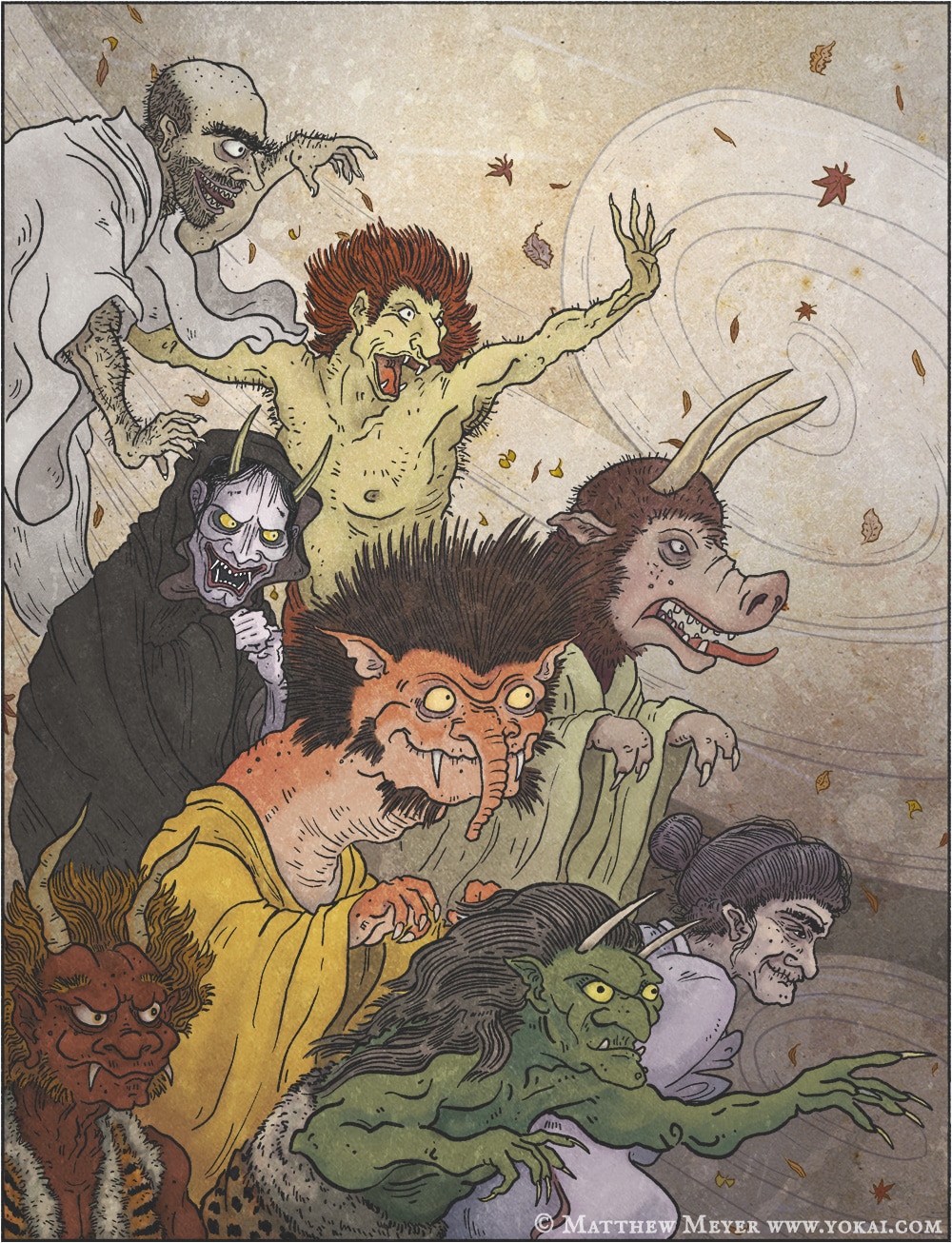
Fan Service: It is a method used to add a sudden sexuality to the event, which is often used in Japanese anime, to increase the energy. It is generally the case that the women around the male character are closer to him than they are to him. It is a rating boosting technique that takes advantage of the character’s poses and instant increases in sexual attraction. Some good anime have received negative comments from the audience because they could not establish this balance.
Trap: One of our anime-specific words is ‘trap’. The word trap, which means trap in English, means that male characters in anime are sexually and physically similar to men. In the same way, it can be interpreted as the female character’s behavior and physical characteristics are similar to the male.
Loli: One of the types in anime is lolis. The anime equivalent of this word, which is not unique to anime only, is people who are younger than they actually are. For example, a 1200-year-old dragon looks 16 years old.
Yokai: As part of Japanese culture, yokai are used in anime to depict supernatural monsters, spirits, and demons. These characters are generally human-like, speaking like a human. However, they interact with an object that we can see around us. ‘If you come every spirit, hit three times…’
Japanese Suffixes and Words You’ll Hear Often
Although the tone of the voices of the characters and the rhetoric changes in the anime, there are some words and pronunciation patterns that you can say ‘Yes, he meant that’ every time they are used. Let’s take a look at what these words, which are now a part of anime, are.
Senpai: In general, it is a word used by a character in anime against people who are older or experienced than himself. It is a word that has a very important place in Japanese daily life. It is mostly used for students in the upper class hierarchically.
Kohai: Senpai has the opposite meaning. It is an adjective used by the elders for the little ones. My Kohai, my lower class. This word is not used much in anime, but still be familiar with it. The suffix -kun, which comes to more names instead of this word, gives this meaning.
Sensei: Here is the word that is used not only in anime but also in all movies and TV series with an oriental theme: Sensei. It means a mentor, mentor, master or master of a business. It is also an expression of respect.
This Sound Won’t Come Out of Your Ears: Kawai

Kawai: One of our most popular words is kawai. It is this word that is usually pronounced as kawaiiii in anime. Cute means sweet and cute.
Namae: This word, which is similar to its English equivalent, means a Japanese name. The root of the anime called ‘Kimi no na wa’ (Your Name) is based on this word.
Haha: It means mother in Japanese.
Chichi: It means father in Japanese.
Kodomo: It means child in Japanese. It is usually said by parents.
Aniki: ‘aniki’ is the word brother used by younger siblings for their older brothers.
Ojisan: It is used for uncle, uncle and old (male) people seen on the road as a generalization.
Obasan: Just like ojisan, a general expression ‘obasan’ means aunt, still.
Attachments and Expressions of Honor
-chan: It is an addressing suffix mostly used for young children, but it is also used as a love word/suffix among young girls and lovers. You can add it to the name of someone you love.
-kun: As I mentioned above, it’s a suffix of kohai. It happens a lot in anime. When it comes to the end of a name, it makes a small emphasis on age or position. In equal use, it is a sign of love and sincerity. It’s like a descriptive adjective between friends.
-san: One of the Japanese honorifics. It adds a meaning to the name, just like the meaning of gentleman / lady in Turkish. For example, when we say Onur-san in the anime, we describe this person as someone who is respected, newly met or who should use a high-ranking, official language.
-sama: The next form of San. The suffix -sama is added to the names of people with sharp hierarchical differences that need to be respected even more.
-dono: A word that means ‘lord’ more sharply than -san and -sama. This word is mostly used in historical anime. For example, in Japan there is a period called the EDO period. The suffix -dono is frequently used in animes that talk about this period. This suffix is frequently used in animes of this period. It also satisfies a meaning like landlord. It is brought to a name that cannot be used alone.
Anime Masters and Movies for Beginners
Hayao Miyazaki and Isao Takahata, co-founders of Studio Ghibli, which is a big part of anime history and very important in promoting and spreading anime culture to the world, are legendary names in this field. Let’s get to know these names very briefly.
One of the first names that come to our minds in the anime movie world is Hayao Miyazaki. He is well-known in the world for his anime movies that people of all ages can watch. He has numerous awards, especially for My Neighbor Totoro, Spirited Escape and Walking Castle animes. It is also the owner of the Oscar Award, which is a turning point in this field. These animes, in which colors that immerse you, a warm story and Japanese mythology are told to the smallest detail, are definitely worth watching.
Miyazaki Movies (Ordered List)
- Kaze no Tani no Nausicaa – Windy Valley (1984)
- Tenkuu no Shiro Rapyuta – Castle in the Sky (1986)
- Tonari no Totoro – My Neighbor Totoro (1988)
- Majo no takkyûbin – Little Witch Kiki (1989)
- Kurenai no Buta – Red Wings (1992)
- Mononoke Hime – Princess Mononoke (1997)
- Sen to Chihiro no Kamikakushi – Spirited Away (2001)
- Howl no Ugoku Shiro – The Walking Castle (2004)
- Gake no ue no Ponyo – The Little Mermaid Ponyo (2008)
- Karigurashi no Arrietty – Extremists (2010)
- Kaze Tachinu – The Wind Rises (2013)
Another name is Isao Takahata, one of the legendary masters in the world, although he is not as well known as Hayao Miyazaki in our country. Just like Miyazaki, he was also a Ghibli master. Takahata’s Grave of the Fireflies anime is still among the best productions that can explain the damage of a war. I have listed for you the films of the author, which wonderfully combine imagination, reality and mythology.
Isao Takahata (On My Personal List)
- Taiyō no Ōji – Horusu no Daibouken – Horus the Sun Prince (1968)
- Tenkū no Shiro Rapyuta – Castle in the Sky (1986)
- Kaze no Tani no Naushika – Castle in the Sky (1986)
- Hotaru no Haka – Grave of the Fireflies (1988)
- Kaguya hime no Monogatari – The Tale of Princess Kaguya (2013)
I think it would be helpful to make a note here. The history and drawing techniques of some of the films may seem old to you. However, the stories and fictions they tell will definitely drag you into the events.
One New Information: Cosplay and Seiyuu (Anime Voice Artist)
So much to learn about anime culture. Let me share with you two more information about anime culture, which is this culture in itself.
Seiyuu: So Japanese voice actors who voice characters in anime. We can position the voice actors called Seiyuu as dubbing artists we know. Seiyuu usually voice the characters in anime. But they also have huge fan bases because their voices are integrated with these characters.

There are seiyuu who have been breathing souls with their voices for about 15-20 years, especially for anime such as Naruto and One Piece, which have become legendary. These names attend big events and greet the fans with the voices of the characters. Here I can give you an interesting information. For example, the voice actors of the main character Luffy in Naruto and One Piece are women. When you watch anime, ‘how about it?’ you can say.
Cosplay: Although it is not specific to anime, an area that we can say that creates a separate sector in this field in Japan is cosplaying anime characters. There is a lot of information you can find about cosplayers with special cafes, contests and fans.
Generally, cosplayers wear costumes to look like anime or manga characters. They also wear make-up and wigs to mimic their appearance. It is an area that has recently started to become widespread in Turkey as well.
How much do the hair colors in anime reflect the characters?
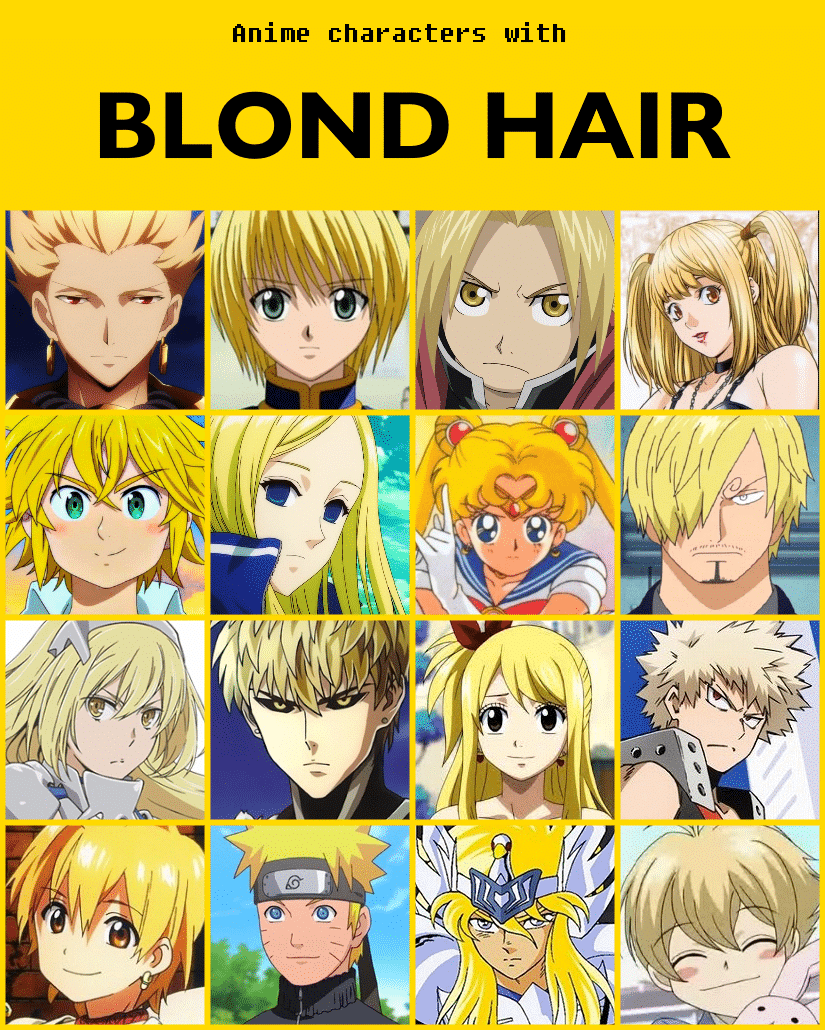
No action in anime is usually meaningless, and when it comes to mangakas, they usually combine that expression, personality or color with a real-life thesis, anti-thesis. As a result of this, it turns out that there are some stereotypical hair color & character harmony in anime. Each hair color emphasizes the character that a character trait predominates. In addition, the character really acts according to the meaning of the hair color in his soul.
Black: It is used in plain and background character. When used on the main character, it adds an edgy and mysterious air.
Brown: Characters with this hair color are usually reliable and loyal.
Yellow: Noble, foreign, high-ranking people usually have blond hair in anime. This hair type reflects the foreign perception and perspective in Japanese history. See. The rapid westernization of Japan interacting with the United States after WWII.
White: It is one of the most sacred colors. This hair color is usually put on the mysterious, delicate, high-magical character. In general, we can say that the hair color of the characters who suffer or will suffer a lot.
Pink: In women, tsundere represents an intimate, feminine theme in men.
Green: It is mostly used in comedy genres. It emphasizes the character with its sporty, cheerful, active and optimistic aspects.
Blue: It is given to intelligent and calm types. They generally have an air of mystery. It is usually the color of cold and attractive characters.
Orange: This very sympathetic hair color emphasizes sincerity, friendship, energy and perseverance. See Hinata.
Purple: Although not used much in anime lately, it is a color that emphasizes nobility, power and magic power. We see that this character has a high intelligence and a mystical past.
Red: Finally, fire red. It is a pioneering hair tone emphasizing the themes of masculinity and leadership. Generally, when used in the leading role, it emphasizes the character’s active, energetic, disobedient, determined adjectives.
Some Anime Recommendations You May Want To Watch
The genre everyone wants to watch is different. Some of us like the power ups taken one after the other, as if protecting our childhood spirit, while some of us like the bloody atmosphere processed with pure facts. That’s why I tried to create a list for you.
Animes Where The Character Takes A Power Up
There are some animes. In these animes, a light, a scream and a friend come to the aid of the character in his most difficult time. That’s when the character discovers himself again and again. We discover ourselves along with it. The classics, which we call the Big Four, are at the forefront of those who make us live these exciting moments.
- One Piece
- Naruto Shippuuden
- Bleach (Infinite power up)
- Dragon Ball
Anime Suggestions Where Pure Reality Hits Our Faces
Animes that take reality out of its hiding place one by one, and this is not possible. Get ready for reality to be slammed in your face.
- drifters
- Akame Ga Kill
- Natsume Yuujinchou
- Samurai Champloo
Anime Recommendations with Bloody Reality
Anime that comes to mind when it comes to children’s work is the ones that question the reality where psychology and drama are at its peak.
- Tokyo Ghoul
- Elfen Lied
- Claymore
- Berserk (May contain disturbing scenes.)
Prepare the Napkins – Animes You Can’t Get Over
When was the last time you watched a good drama? You really felt like the last time you watched something, the effect never wore off for 2 weeks.
- Ano Hi Mita Hana No Namae O Bokutachi Wa Mada Shiranai (short name Anohana)
- Shigatsu Wa Kimi No Uso
- Hotaru No Haka
- Rainbow: Nisha Rokubou No Shichinin
Prejudice Breakers
There are some animes. They are only to be written down, to break the prejudice; They exist to be a great proof of something in history. Sit back and watch the first three episodes even if you have a hard time, animes that you won’t want to end after the fourth episode.
- No Game No Life
- Hunter x Hunter
- gintama
- Fullmetal Alchemist: Brotherhood







